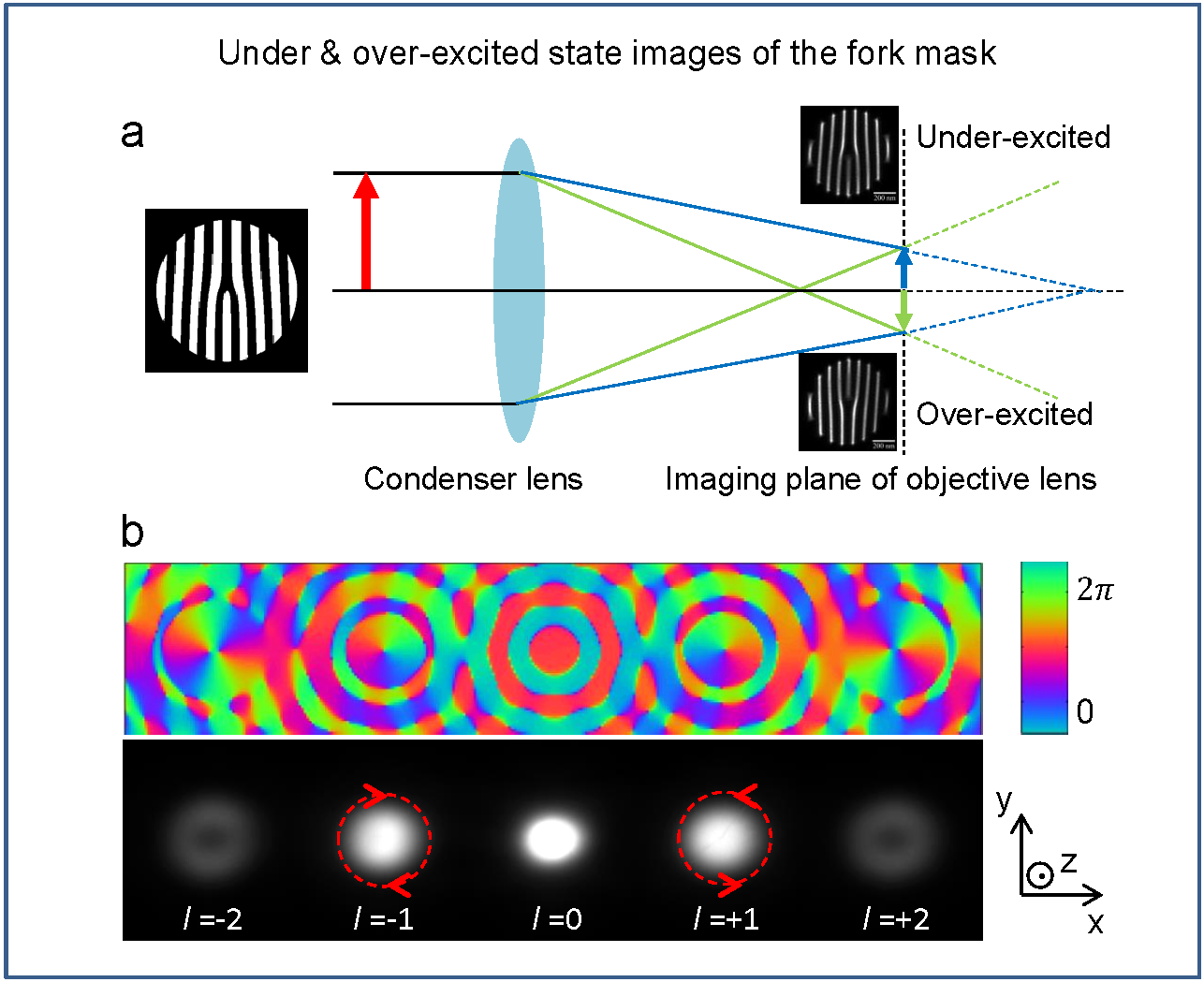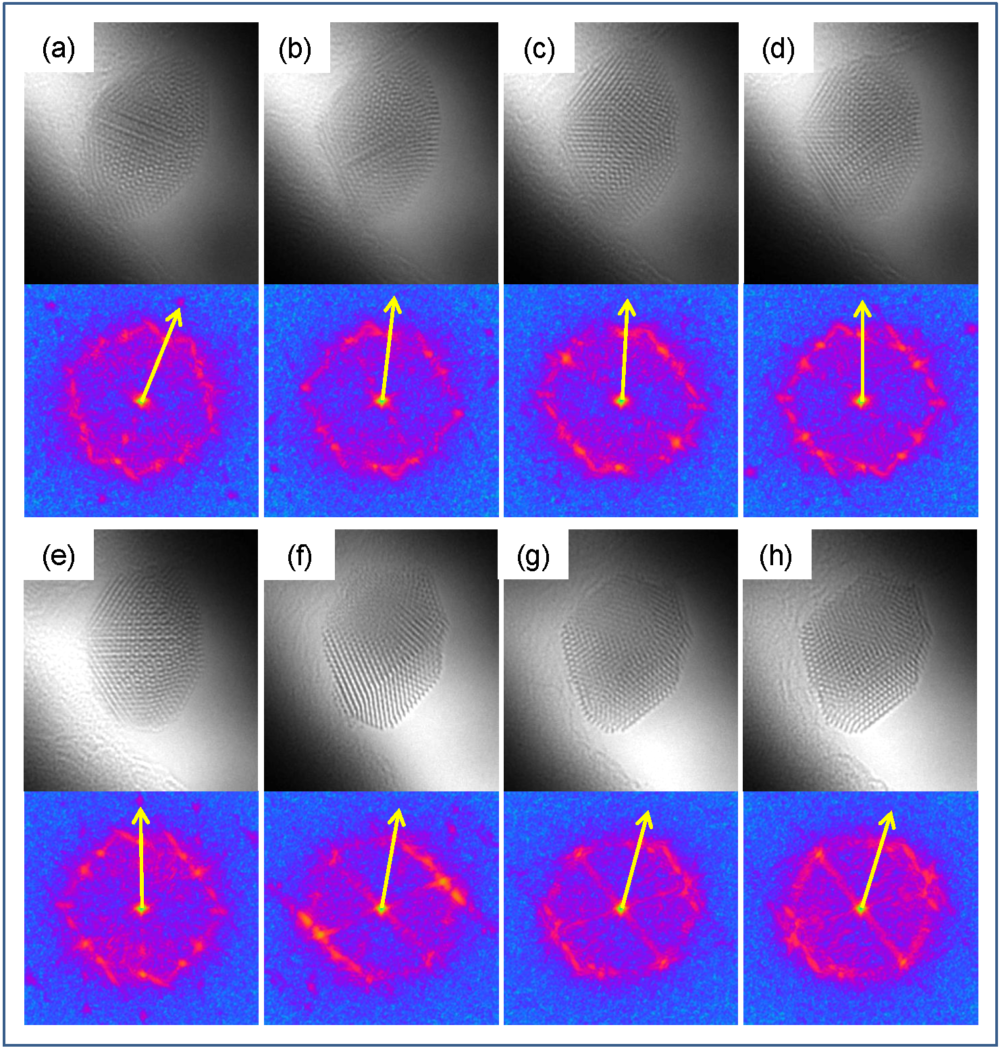IT-7-P-3442 Direct evidence for orbital angular momentum transfer from electron vortex beam
Optical vortices have become well known for a vast range of applications such as optical sensors, tweezers, nanoparticle trapping and manipulation etc., since they were first reported by Allen et al [1]. Compared to optical vortices, electron vortices are relatively new. They were first predicted theoretically by Bliokh et al [2] and experimentally realised by several groups in the subsequent years utilising either a phase plate method [3] or the holographic mask method in a transmission electron microscope [4-6]. These electron vortex beams have the characteristics of orbital angular momentum.
The rotation of gold nanoparticles subject to electron vortex beams has been reported by our group [6] as well as by Verbeeck et al [7]. In this presentation, we focus on experimental evidence that such rotation is direct proof of the mechanical transfer of orbital angular momentum from the beam to the particles. The experiment has been conducted in a JEOL 2200FS double-aberration corrected TEM operating at an acceleration voltage 200kV which utilises a specially designed condenser mask aperture with a fork dislocation to produce the required electron vortex beams. The motion of the nanoparticle subject to the vortex beam illumination is examined by video microscopy and frame-by-frame image analyse. The time series of particle rotation can be obtained and detailed analysis allows the rate and sense of the rotation to be determined.
The chirality of the beam is deduced by comparing the through focus images of the hologram mask in the condenser aperture with the simulation. From the phase structure of the simulated beams, the sense of the rotation of the particle flux can be deduced unambiguously (Fig. 1). As can be seen in figure 2a-d and figure 2e-h a clear trend of opposite rotation in both l = ±1 beams was observed. This shows that the rotation induced on the nanoparticle is consistent with the chirality of the electron vortex beam, indicating direct transfer of orbital angular momentum. However, a detailed examination of the induced rotation shows signs of stochastic processes, indicating that the rotation is dissipative due to friction between the nanoparticle and the substrate.
[1] L Allen et al, Physical Review A 45 11 (1992), p. 8185.
[2] K Bliokh et al, Physical Review Letters 99 (2007), 190404.
[3] M Uchida and A Tonomura, Nature 464 (2010), p. 737.
[4] J Verbeeck et al, Nature 467 (2010), p. 301.
[5] BJ McMorran et al, Science 331 (2011), p. 192.
[6] T Gnanavel, J Yuan and M Babiker, in Proc. European Microscopy Congress, ii, edited by DJ Stokes and J Hutchison (Royal Microscopical Society, Oxford, 2012).
[7] J Verbeeck et al, Advanced Materials 25 (2013), p.1114.
The authors gratefully acknowledge funding from the EPSRC (Grant No. EP/J022098). Thanks are also due to the York JEOL Nanocentre for the provision of microscopy facilities and JEOL, U.K. for financial support.

